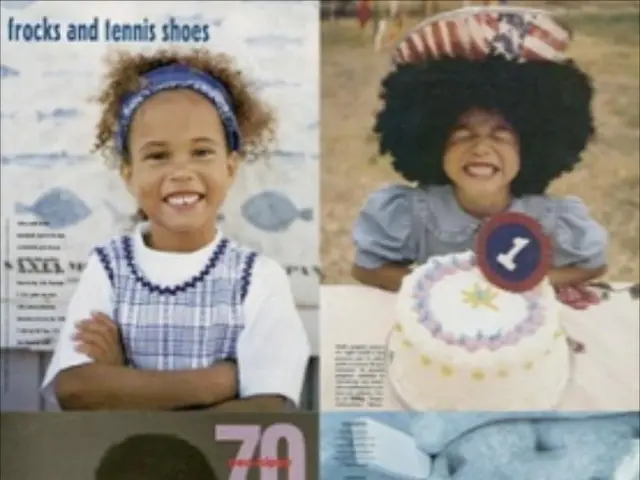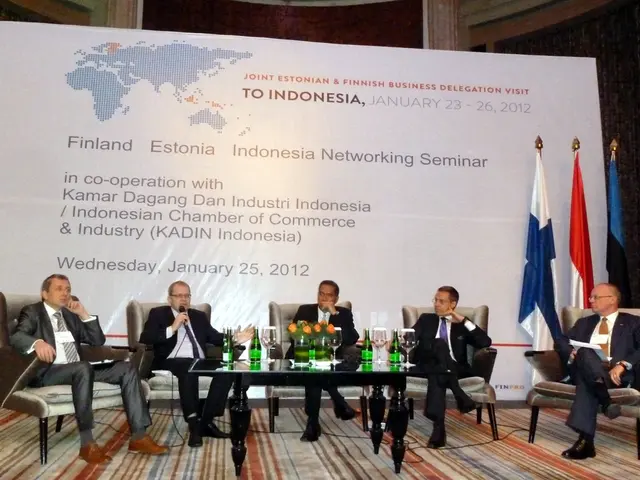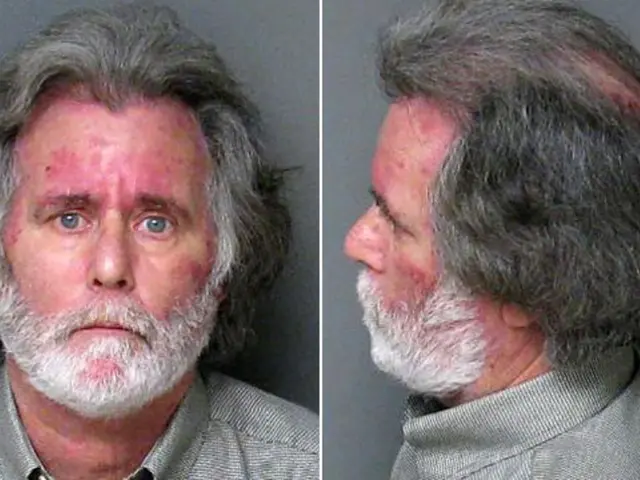Emergence of Sophisticated AI Videos Potentially Triggers Age of Deceptive Deepfakes
In an era where technology advances at an unprecedented pace, the issue of deepfakes has become a significant concern for individuals and governments alike. Deepfakes, which are digitally manipulated media that can mimic real people, have the potential to cause harm, disrupt lives, and challenge our ability to discern truth from fiction.
A well-known South African TV presenter found her life disrupted due to websites using her AI-generated likeness to promote scams. This is just one example of the far-reaching impacts deepfakes can have. In early 2024, Taylor Swift became the target of viral AI-generated pornographic images, and South Korean teenage girls were also targeted by explicit deepfake images, resulting in similar anguish.
The weaponization of synthetic media technologies for harmful use is widespread, including non-consensual imagery, revenge porn, child sexual abuse materials, job losses for screen actors, and affecting the media landscape. In October 2023, an AI-generated video of Greta Thunberg advocating for vegan grenades and biodegradable missiles circulated online.
Current efforts to regulate and mitigate the risks of advanced AI-generated video deepfakes are unfolding through a combination of legislative action, technological countermeasures, and ethical collaboration between governments, technology platforms, and civil society.
Legislative and Regulatory Efforts ----------------------------------
The United States has enacted the TAKE IT DOWN Act, which prohibits the non-consensual publication of intimate visual depictions, including deepfakes, and mandates that online platforms establish processes for reporting and removing such content. The NO FAKES Act, reintroduced in April 2025, seeks to protect individuals from unauthorized use of their likeness or voice in deepfakes. Several U.S. states have also introduced bans on AI-generated explicit media and are developing frameworks to address political deepfakes and financial fraud.
The European Union has implemented the AI Act, which requires labeling of synthetic content, especially for political or commercial uses, and imposes fines on platforms that fail to manage AI-driven misinformation. The Digital Services Act focuses on illegal content, including some forms of deepfakes, but is more advisory and media literacy-based than prescriptive.
Asia-Pacific nations, such as China and Australia, are also drafting laws to criminalize non-consensual deepfake content and empower rapid takedowns.
Technological Countermeasures ------------------------------
Technological countermeasures include AI-based forensic detection, watermarking and provenance, hardware-based authentication, liveness detection, and behavioural analytics. These solutions aim to verify the authenticity and origin of AI-generated media and to detect synthetic impersonation.
However, despite these efforts, significant challenges remain. Without a global consensus, enforcement is inconsistent and often insufficient. Deepfake technology advances faster than regulatory frameworks, requiring ongoing adaptation. Lawmakers must balance the need to protect individuals from harm with preserving legitimate expressive freedoms.
In conclusion, addressing the full spectrum of risks requires robust, adaptable legal frameworks, technological innovation, and sustained cross-sectoral cooperation. Policymakers should pressure tech companies to only release models once these safeguards have been put in place and proven to be reliable and effective. Governments need to establish regulations to protect people against harms impacting their dignity, especially as advanced AI video generation tools proliferate. Each individual has the fundamental right to control how their likeness is used and portrayed, and this principle should be upheld in the context of AI video generation.
- The TAKE IT DOWN Act in the United States aims to protect individuals from non-consensual publication of intimate visual depictions, including deepfakes, while the NO FAKES Act seeks to prevent unauthorized use of one's likeness or voice in deepfakes.
- In education and self-development, understanding artificial-intelligence-generated media and its potential impacts on personal-growth is increasingly essential, as governments, technology platforms, and civil society collaborate to regulate and mitigate the risks of advanced AI-generated video deepfakes.






